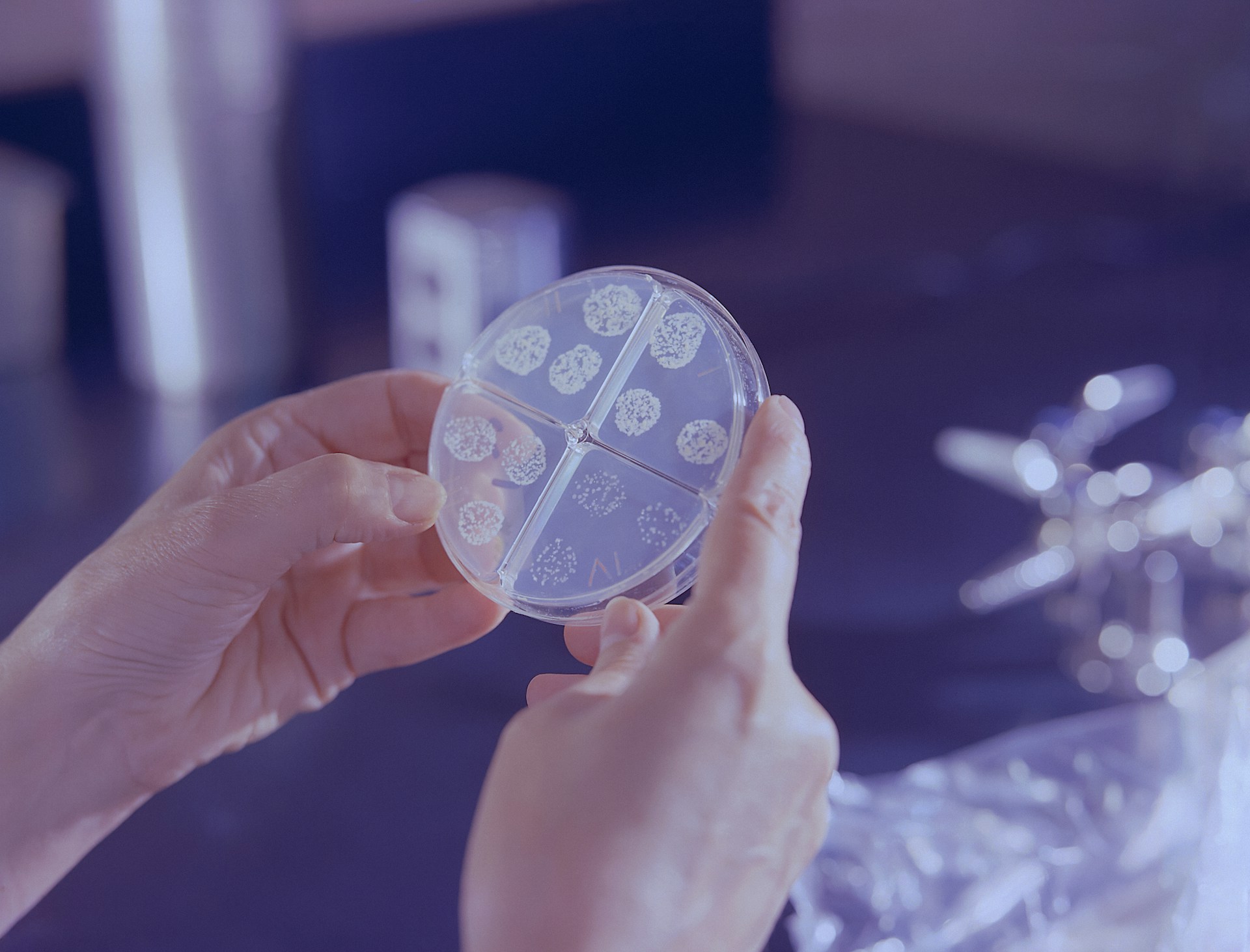Fluorescent nanoart. Яна Сычикова, CC BY 4.0, via Wikimedia Commons
Manaal Khan is a Runner Up for the Michaelmas Term 2022 Schools Science Writing Competition, writing under the theme of ‘To what extent are the Humanities important to scientists?’ You can read more about our category winners and runners-up here.
By Manaal Khan
Year 11, Chelmsford County High School for Girls
Louis Pasteur, a pioneering microbiologist, once said: ‘The role of the infinitely small is infinitely large’. Science on a small scale is set to dominate technological innovation—by manipulating materials on an almost molecular level, scientists can innovate and discover with limitless potential in a variety of scientific sectors.
Throughout human history, the mastery of tools has been essential to scientific innovation, from the invention of the furnace to the astrolabe. And within this century, we are on the brink of mastering a far more powerful tool—the ability to manipulate individual atoms themselves. Nanotechnology is the manipulation of matter at the nanoscale (1–100nm), which has the potential to start a second industrial revolution, as molecular manufacturing allows us to create exciting new materials with applications in medicine, electronics and industry.
In the near future, one such application we can expect to see is the revolutionisation of medicine through nanodevices. The key to their functionality is their size: between 10–100nm, these nanoparticles are too large to penetrate red blood cells (RBCs) in the bloodstream and simple bounce off normal cells. However, since cancer cell walls are riddled with large, irregular pores, they can enter freely and deliver chemotherapy medicine directly. Already, prototypes for this technology have been developed by researchers at BIND Biosciences from polylactic acid, which can hold drugs inside a molecular mesh coated in peptides which bind to target cells. In 50 years’ time, this technology will be advanced enough to perform a range of applications, from monitoring inflammation and post-surgery recovery to more exotic applications whereby electronic devices actually interfere with our body’s signals for controlling organ function.
Another application of nanotechnology, and the reason why future computational technology will be so reliant on it, is the inevitable collapse of Moore’s law within the next 10 years or so. As silicon chips in computers become smaller and smaller, UV rays become unable to etch transistors onto them due to high temperatures melting small wafers and the quantum limit being reached (due to Heisenberg’s uncertainty principle) meaning the uncertainty of the electron’s position causes the electron to leak out of the transistor, thus leading to a short circuit. In 50 years’ time, molecular transistors made of chemicals like rotaxane/benzenethiol can replace them and mass production of these will allow technology to move into a post-silicon era, revolutionising the computing world by creating super fast, superconducting transistors with high processing speed.
Nanotechnology is not the only small-scale science that could transform science of the future – biotechnology has limitless potential and is growing rapidly. For example, although the recent Human Genome Project cost $1 billion to sequence, with Moore’s law driving down costs, it will be cheap and easy to sequence DNA using robots and automatic machines in the future. This will make gene therapy and diagnosing and treating genetic diseases far more efficient over the years—in 50 years’ time, some genetic diseases may even be eradicated. Stem cell research is growing rapidly—already parts of animal organs have been synthesised, and soon transplants/replacements using lab-grown organs could be the norm.
However, science is a double-edged sword—for all the scientific innovation for the prosperity and progress of mankind, there is opportunity for warfare and hostility. For example, germ warfare through genetic engineering can have devastating effects—for example, one nightmare scenario is airborne AIDS—in the future, with most disease genomes having been decoded and published, even a college student with access to a university lab could synthesise this deadly virus. Yet this sword of science can be wielded with equanimity and wisdom—scientific collaboration and networking due to the increasingly efficient communication and resource-sharing through the widely accessible internet will increase rapidly over the next 50 years. This will allow more people to innovate and discover new scientific techniques and ideas, creating a more collaborative, harmonious world.
Overall, science will have advanced by great leaps and bounds in 50 years’ time—mainly through the science of the small.





